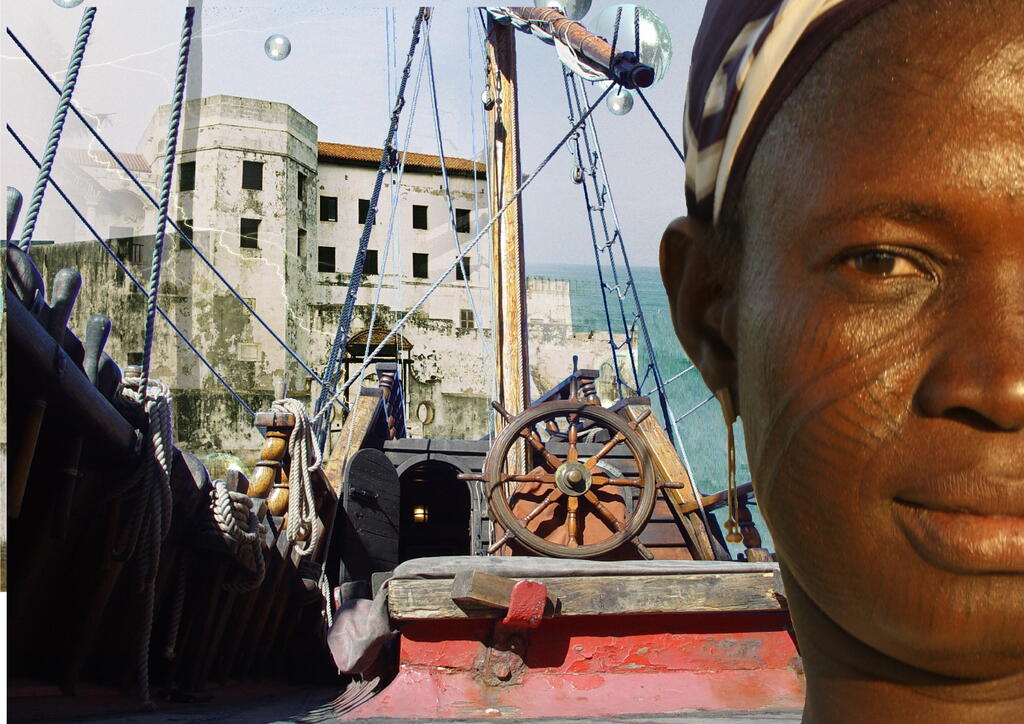Manhyia Palace Museum: A Royal Gateway into Ashanti History and Culture
In the heart of Kumasi, the cultural capital of Ghana and the traditional seat of the Ashanti people, stands one of the nation’s most revered cultural institutions — the Manhyia Palace Museum. Nestled within the historic Manhyia Palace, this museum offers a rare and insightful journey into the royal heritage, power, and traditions of the Asante Kingdom, one of the most influential and enduring monarchies in West Africa.

Kente weaving at Kumasi (c) Remo Kurka
Historical Background
The Manhyia Palace was originally built in 1925 by the British for Asantehene Nana Prempeh I, following his return from exile in the Seychelles. Though constructed by the colonial administration, the palace symbolized the restoration of Ashanti traditional authority after years of resistance and conflict with the British Empire.
In 1995, to commemorate the Silver Jubilee of Asantehene Otumfuo Opoku Ware II, the old palace was converted into the Manhyia Palace Museum. This transformation turned the residence into a royal museum dedicated to preserving and showcasing the legacy of the Ashanti monarchy, while continuing to function alongside the newer palace complex that houses the reigning Asantehene.
A Treasure Trove of Ashanti Royal Heritage
The Manhyia Palace Museum is home to a rich collection of artifacts, regalia, photographs, furniture, and personal effects of former Ashanti kings. The exhibits provide deep insight into the political, spiritual, and cultural life of the Ashanti people.
Some of the key highlights include:
Royal regalia such as gold ornaments, ceremonial swords, and intricately woven Kente cloths, reflecting the wealth and prestige of the Ashanti court.
Photographs and recordings documenting the lives and reigns of past Asantehenes, particularly Nana Prempeh I and Otumfuo Opoku Ware II.
Historical relics and weapons that recall the Ashanti wars of resistance against British colonialism.
Royal furnishings from the palace’s early years, preserved to showcase the lifestyle and traditions of Ashanti royalty.
The museum also uses storytelling, guided tours, and audiovisual presentations to bring Ashanti history to life. Visitors gain not only an understanding of the royal lineage but also a broader appreciation of Ashanti contributions to Ghana’s national identity and African cultural heritage.
A Living Cultural Institution
Unlike many museums, the Manhyia Palace Museum is part of a living royal complex, where the current Asantehene resides and performs official and ceremonial duties. This unique setting adds to the museum's authenticity and spiritual significance.
The museum plays a crucial role in educating younger generations and international visitors about the values, governance systems, and customs of the Ashanti people. It also supports cultural preservation efforts by keeping alive traditional practices, symbols, and stories.
Throughout the year, the museum and palace grounds become focal points for major cultural events, such as the Akwasidae Festival, where the Asantehene receives homage from chiefs and citizens in a grand celebration of Ashanti heritage.
African history, monarchy and tradition
The Manhyia Palace Museum is more than a museum—it is a symbol of pride, identity, and continuity for the Ashanti people. As a custodian of royal heritage, it offers an unparalleled window into one of Africa’s most storied kingdoms. For those interested in African history, monarchy, and tradition, a visit to this royal palace museum in Kumasi is an essential and enriching experience.
Other Museums - Websites, part of Ghana-Net com:

Trans Atlantic Slave Trade (c) Remo Kurka